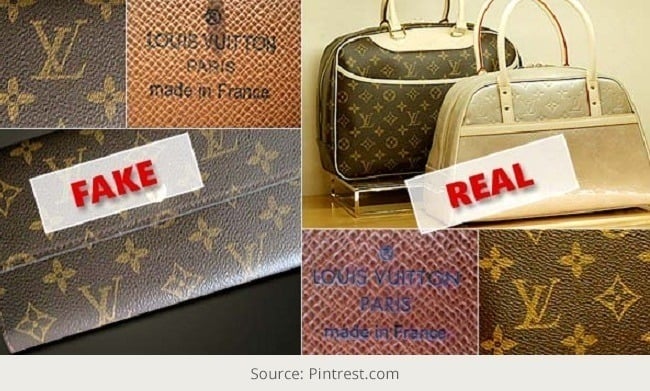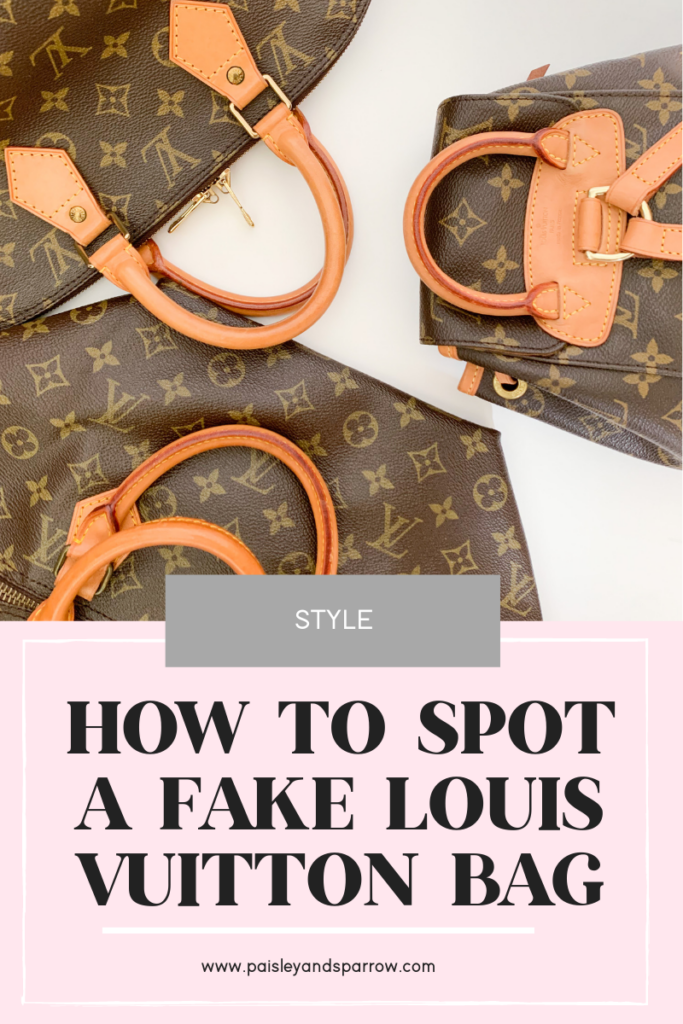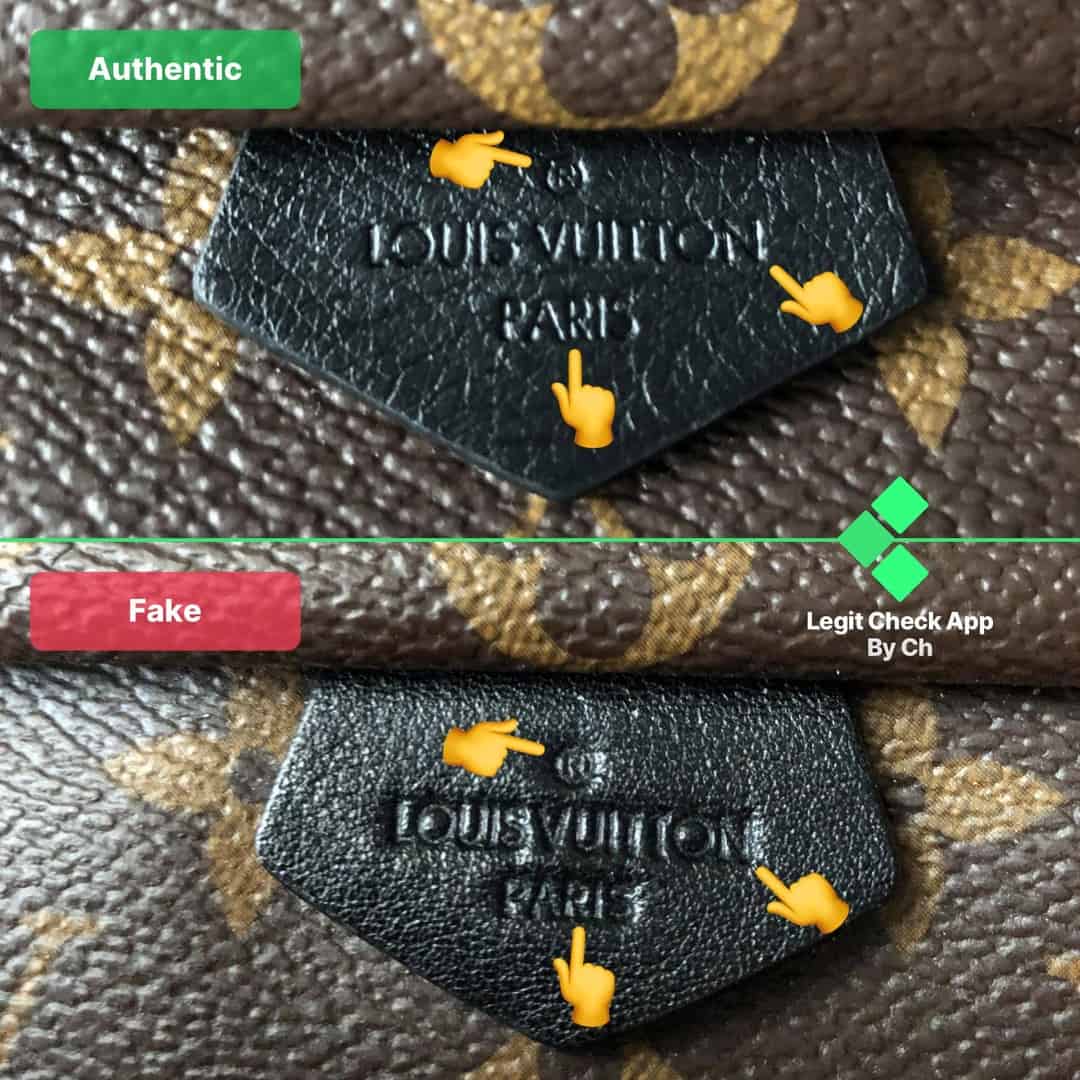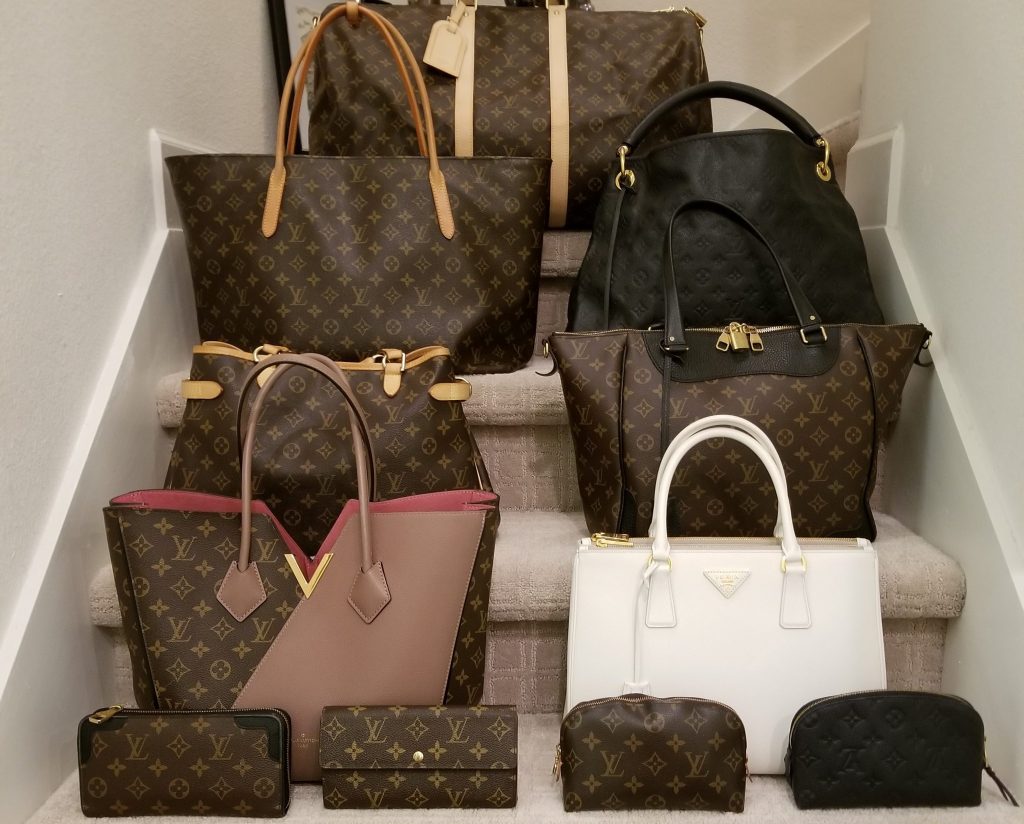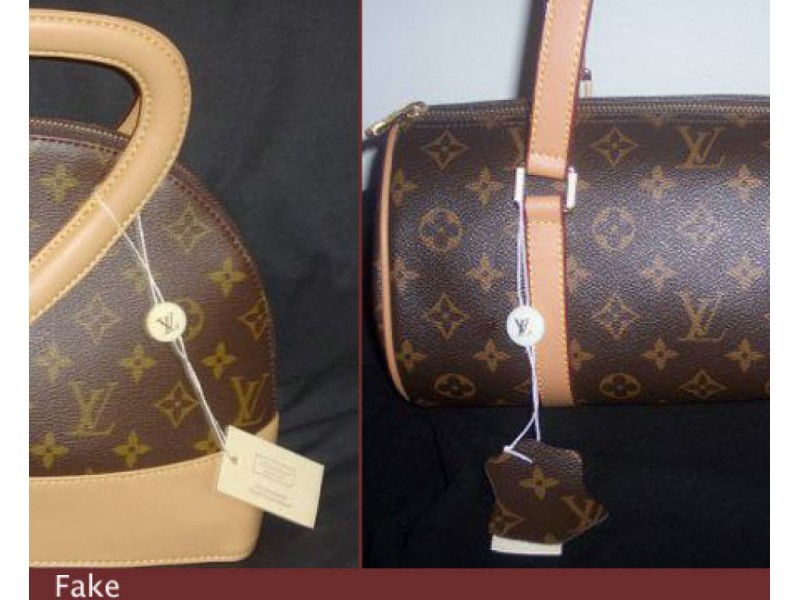How Do You Tell If A Louis Vuitton Is Real
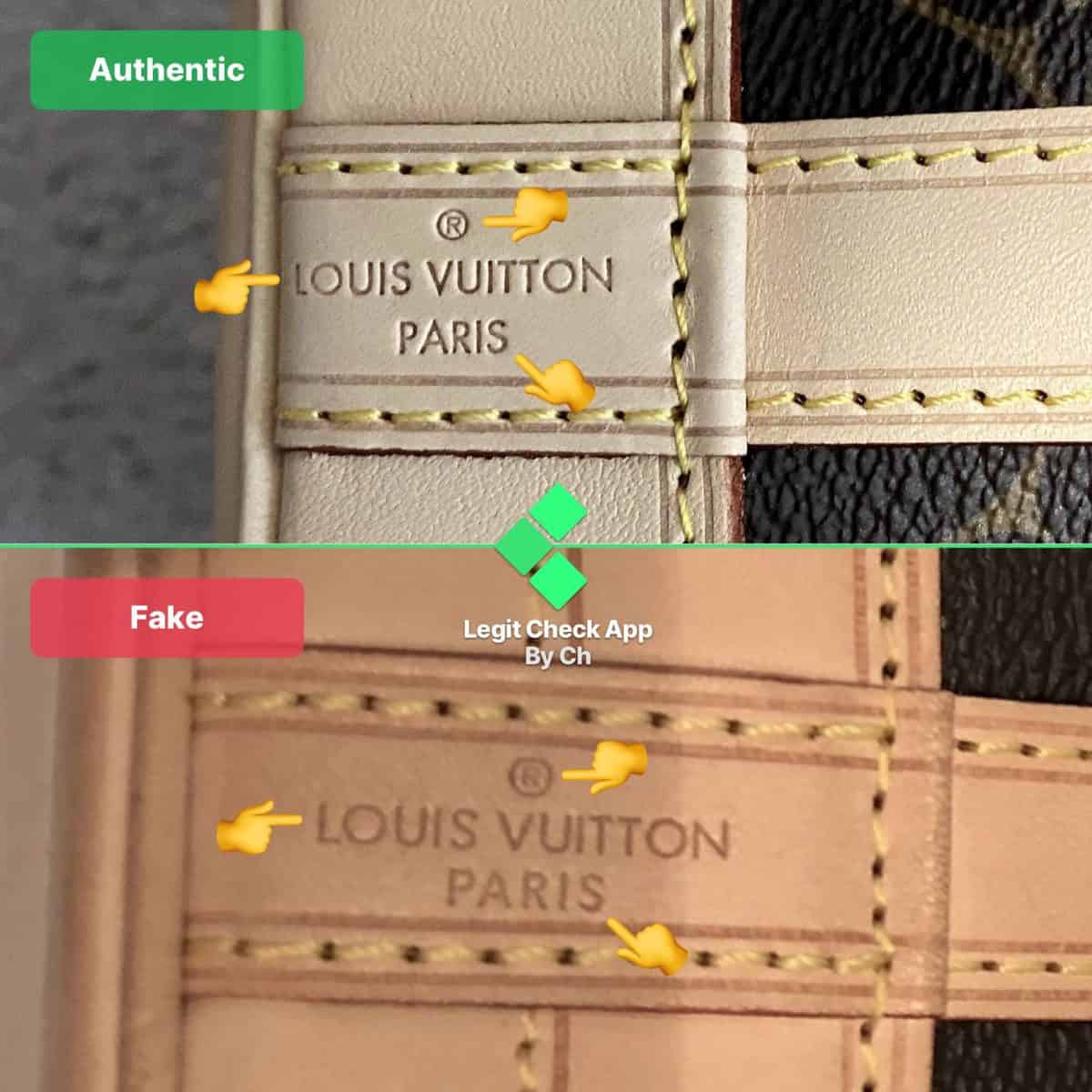
In a world awash with counterfeit goods, the allure of luxury brands like Louis Vuitton often comes with a nagging question: Is it real? The proliferation of sophisticated fakes makes discerning genuine articles from imitations increasingly challenging. Buyers, both seasoned collectors and first-time purchasers, must navigate a minefield of deceptive practices to ensure they are getting what they pay for.
This article serves as a comprehensive guide, providing essential knowledge and practical tips to help you authenticate a Louis Vuitton product. From scrutinizing the materials and craftsmanship to understanding the finer details of hardware and stitching, we will delve into the key indicators that separate authentic Louis Vuitton items from their counterfeit counterparts. Knowledge is your greatest weapon in this battle against fakes.
Understanding the Nut Graf: Beyond the Obvious
Before diving into specifics, it's important to understand that authentication involves a holistic approach. No single element guarantees authenticity; rather, a combination of factors must align to confirm a Louis Vuitton item's genuine origin. Consider the seller's reputation, the price point relative to retail, and the overall condition of the item in question.
Genuine Louis Vuitton products exude quality and precision in every aspect. Counterfeiters often cut corners, leading to noticeable flaws that can be detected with careful examination. Let's explore these elements in detail, empowering you with the tools to spot a fake.
Delving into Materials and Craftsmanship
Canvas and Leather: A Matter of Texture
Louis Vuitton is renowned for its high-quality canvas, including the iconic Monogram Canvas, Damier Ebene, and Damier Azur. The genuine canvas should feel substantial yet flexible, with a distinct texture that's neither too smooth nor too rough. Counterfeit canvases often feel cheap, plastic-like, or display uneven printing.
Leather accents on Louis Vuitton bags, typically made of Vachetta leather, undergo a natural tanning process that results in a light beige color. Over time, authentic Vachetta leather develops a rich patina, darkening and becoming more supple with exposure to sunlight and oils. Counterfeit Vachetta leather often remains unnaturally light or appears overly treated with artificial coloring.
Stitching: The Devil is in the Details
The stitching on a genuine Louis Vuitton bag is a testament to the brand's meticulous craftsmanship. Each stitch should be even, uniform in length, and perfectly aligned. Louis Vuitton typically uses a strong, waxed thread that complements the bag's color.
Pay close attention to the stitch count. Certain styles have consistent stitch counts in specific areas, such as the handles. Counterfeit bags often exhibit uneven, sloppy stitching, inconsistent stitch lengths, or thread colors that don't match the bag's overall aesthetic.
Hardware and Embellishments: The Metal Speaks Volumes
Louis Vuitton hardware is crafted from high-quality metals, typically brass or gold-toned metal. The hardware should feel substantial and weighty, with a smooth, polished finish. Authentic Louis Vuitton hardware rarely tarnishes or chips easily.
Examine the engravings and markings on the hardware. The font should be crisp, clear, and consistent with Louis Vuitton's official branding. Counterfeit hardware often feels lightweight, displays rough edges, or features poorly executed engravings with incorrect fonts.
Serial Numbers and Date Codes: Decoding the Mystery
Most Louis Vuitton bags manufactured after the early 1980s include a date code. These codes are not serial numbers but rather indicate the week/month and year of manufacture, as well as the location of the factory. The format of the date code varies depending on the era the bag was produced.
Use online resources and authentication guides to decipher the date code. Note that the date code's presence doesn't guarantee authenticity; counterfeiters often replicate date codes. However, the absence of a date code on a bag that should have one is a major red flag.
Seller Reputation and Price: Red Flags to Heed
Purchase Louis Vuitton items only from reputable sources, such as Louis Vuitton boutiques, authorized retailers, or trusted consignment shops. Be wary of deals that seem too good to be true, as counterfeiters often lure unsuspecting buyers with deeply discounted prices.
Research the seller's reputation before making a purchase. Check online reviews and feedback from previous customers. A seller with a history of selling counterfeit goods is a definite red flag.
Expert Authentication Services: When in Doubt, Seek Professional Help
If you are uncertain about the authenticity of a Louis Vuitton item, consider using a professional authentication service. These services employ trained experts who can meticulously examine the item and provide a definitive assessment.
While these services typically charge a fee, they offer peace of mind and can prevent you from making a costly mistake. Entrupy, for example, uses AI-powered technology to authenticate luxury items.
Conclusion: Staying Vigilant in the Luxury Market
The market for counterfeit luxury goods continues to evolve, with counterfeiters becoming increasingly sophisticated in their tactics. By understanding the key indicators of authenticity and exercising caution when making purchases, you can protect yourself from becoming a victim of fraud. Continuous learning and vigilance are paramount to ensure your investment in a Louis Vuitton item is genuine and worthwhile.
The battle against counterfeiting is ongoing, requiring constant awareness and adaptation. As Louis Vuitton introduces new designs and manufacturing techniques, authentication methods must also evolve. Stay informed, trust your instincts, and seek professional help when needed to navigate the complex world of luxury goods.


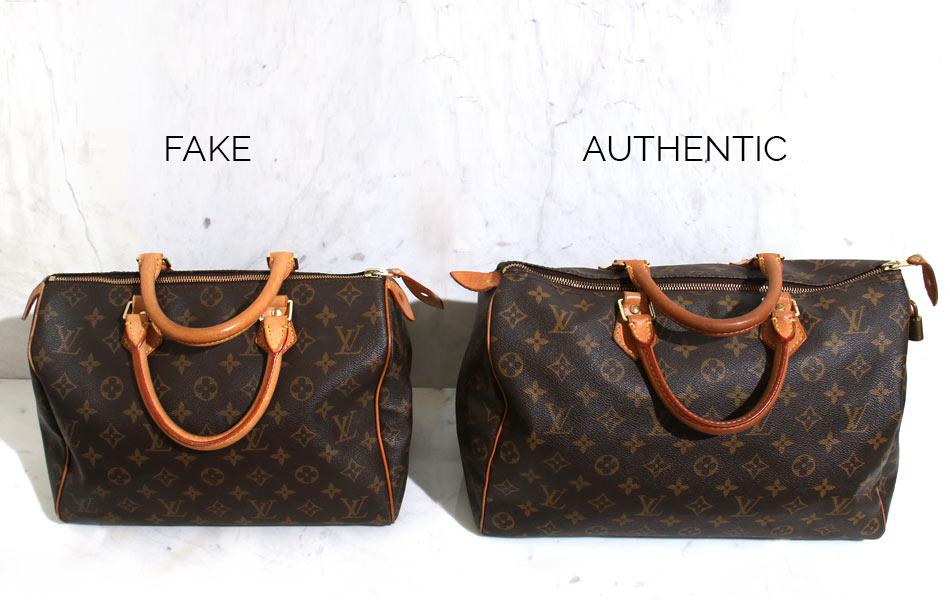
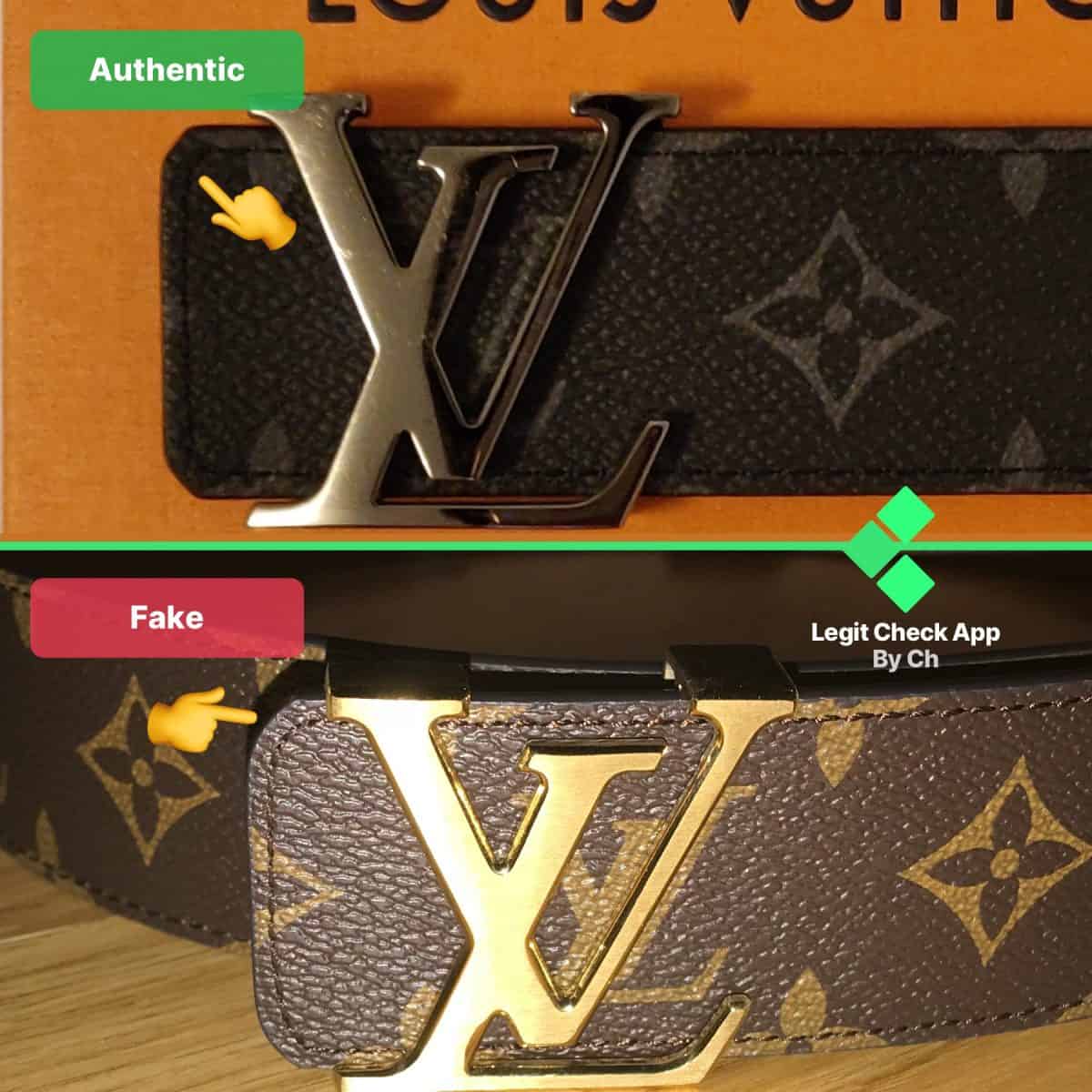
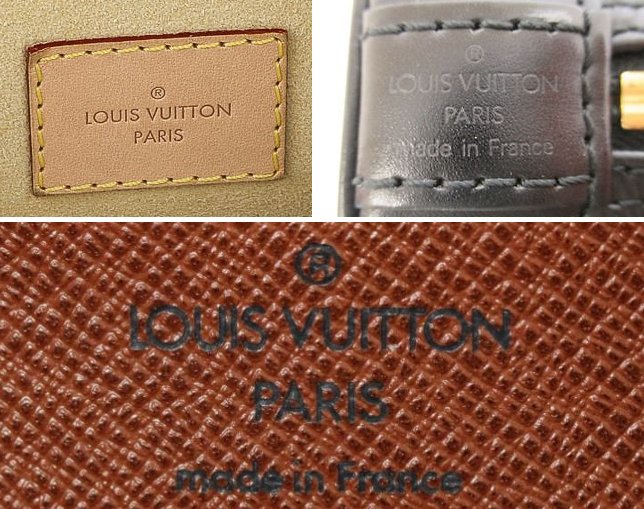
![How Do You Tell If A Louis Vuitton Is Real How To Spot Real Vs Fake Louis Vuitton Bag [2025 Update] – LegitGrails](https://cdn.shopify.com/s/files/1/0094/6307/0798/files/The_Ring_Logo_Tag_1024x1024_924e1287-1c25-4625-b9c8-d94ea14f26c4.webp?v=1717500405)

![How Do You Tell If A Louis Vuitton Is Real How To Spot Real Vs Fake Louis Vuitton Bag [2025 Update] – LegitGrails](https://cdn.shopify.com/s/files/1/0094/6307/0798/files/The_Triangular_Logo_Tag_1024x1024_ab8a9eb4-4e31-4ce0-901a-639a74569c1e.webp?v=1717500405)


